As with all math concepts, it supports young learners best to start with concrete ideas and experiences and move gradually to more abstract concepts, vocabulary, and tools.
Below are the essential understandings to convey through our instruction.
Big Ideas in Measurement
(Adapted from Big Ideas of Early Mathematics: What Teachers of Young Children Need to Know by Erikson Institute.)
We can measure many different attributes of a single object.
While linear measurement (length, width, height) is a good starting place, let’s remember that there is more to measurement! We can describe and measure how tall an object is, but we might also measure how heavy it is, how big around, how much it holds, or how much surface it covers.
Children typically develop measurement skills in length, area, and capacity first, but we can provide opportunities to explore weight, volume, temperature, and time, too. These are all more abstract attributes but make for excellent real-world application.
All measurement begins with fair comparison.
We need to remember how complex this idea is for children.
The terms “big” and “small” or “long” and “short” are relative—an object is only “big” when compared to another object that’s smaller. Young children are naturally inclined to compare. They stand back-to-back on the playground to see who is taller. They find out which pencil is shorter. They can tell whose orange is bigger at lunchtime.
It’s essential for children to do this kind of direct comparison: placing two objects next to each other to compare a given attribute. When they begin using secondary tools like rulers or scales, they are using indirect comparison: comparing an object to a unit of measurement instead.
Quantifying a measurement leads to more precise comparison.
If we want to describe an attribute of an object using quantities, then we need some kind of tool to do so. This doesn’t necessarily mean using formal tools—using nonstandard units of measurement will help students focus on the attribute they’re measuring. As children begin to understand the concepts of measurement, they will seek more and more precision and require tools like rulers, tape measures, and scales.
Most of all, students need meaningful experiences with measurement. They need motivation for measuring the “bigness” or “smallness” of objects around them, and defining what “big” and “small” is in a variety of contexts.
Additional Resources
The big ideas above are from the Early Math Collaborative at Erikson Institute.
For more, see their book Big Ideas of Early Mathematics: What Teachers of Young Children Need to Know.



